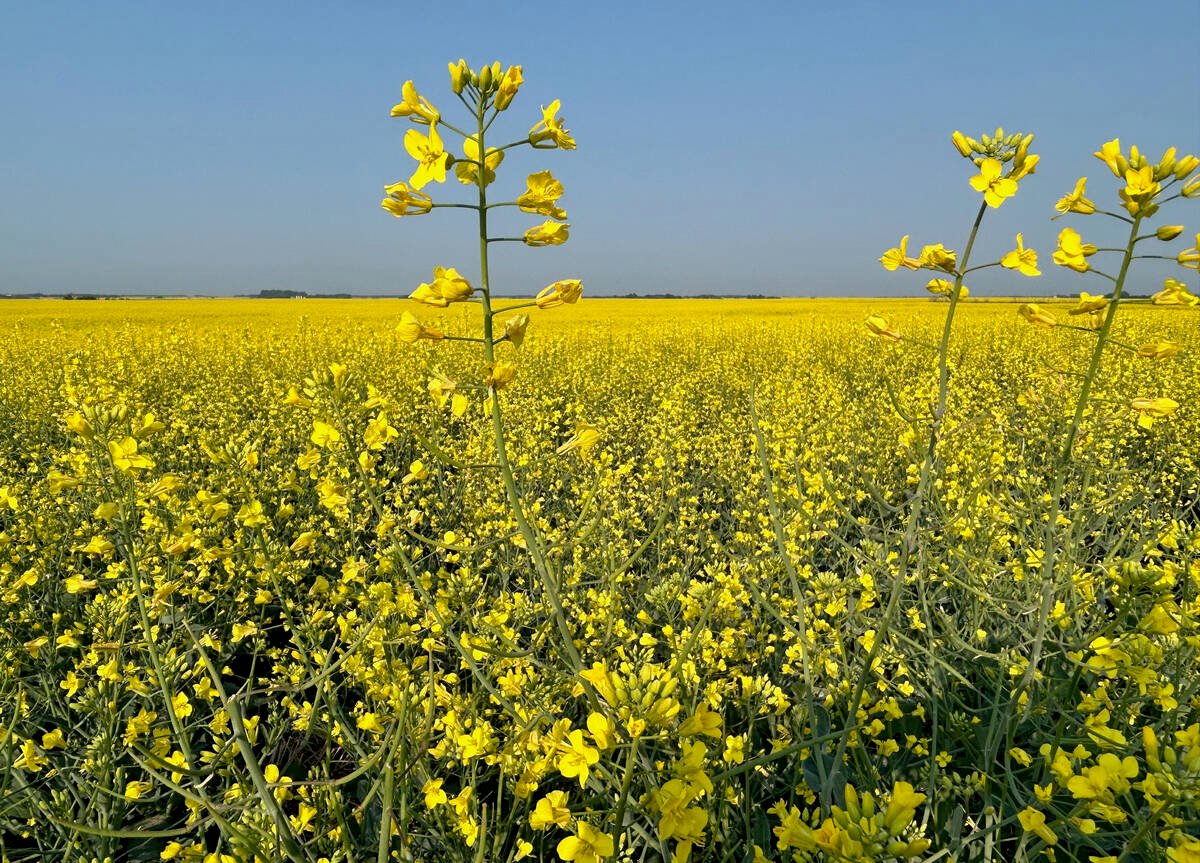Adding a new veterinary school to Western Canada may destabilize the current school, says Saskatchewan’s learning minister.
It may drive up costs to educate new Alberta veterinarians and duplicate large animal research already under way, said Andrew Thompson.
Questions about the Alberta government’s plan to establish a new veterinary school by 2006 come from the existing school in Saskatoon as well as the Saskatchewan government.
Alberta announced last week that it would increase the number of veterinarians in large animal practice in Alberta by as many as 30 each year.
Read Also

Record canola harvest expected
Anecdotal reports from agronomists, crop production advisors, landowners and grain industry reps, combined with provincial reports, indicates that canola yields could break the yield record set in 2016
Thompson said the existing Saskatoon-based college that has been shared by the western provinces since 1969 has been under pressure for more than a decade to deliver more vets into large animal practice.
“Alberta has always resisted any increase in students,” he said.
“But this isn’t a Western College of Veterinary Medicine problem or an Alberta problem. This is the case across North America. The large animal field fails to attract as many young people as small animal practice does,” Thompson said.
The Alberta school may face the same problem, in part because vets need more than large animal skills.
Accrediting bodies for the profession require students to be able to treat both large and small animals and the schools that produce the graduates must be training a balance of both areas of practice.
WCVM dean Chuck Rhodes said rural vets need to have both sets of skills, in most cases, to make rural practices viable.
Josepha Vanderstoop of the Alberta education department confirmed that the program will provide training in both small and large animals as required for professional certification.
WCVM now educates 20 Alberta students annually and Rhodes said that could be increased.
“We are currently in the middle of a planned expansion at the WCVM. We have an existing facility that Alberta is already paying $4.5 million to operate … it would be a lot more cost effective to just increase the number of students from Alberta,” Rhodes said.
“We’ve always been willing to expand the (numbers of Alberta graduates); it’s been Alberta that has said no to paying for even one more student as recently as last year.”
Rhodes said the type of research that Alberta proposes starting is well established at the University of Saskatchewan.
“(Vaccine and Infectious Disease Organization) is already on the campus. It has a new level 3 (bio-security confinement) lab begun and is doing that very work Alberta says it wants to start,” he said. “A new veterinary school would cost between $50 and $200 million. We haven’t heard how they plan to finance that yet.”
Thompson agreed and said he has had discussions over the past two months with the Alberta minister of education and recommended expanding the Alberta seats at the WCVM.
“We said the WCVM could partner with the (universities of Alberta, Lethbridge and Calgary) to expand education at the Prairies’ existing college without spending a bunch more money reinventing the wheel,” said Thompson.
“I don’t know how Alberta can justify these costs when the West already has a college,” he added. “Competing programs will expand the current shortage of veterinary teaching professionals. I can’t see how this will do anything for Alberta cattle producers. Especially after Alberta has continually refused to increase the number of students they were training.”
Thompson said it also hurts the existing program by dividing the funding from cattle and horse industry groups that support research at the WCVM.
Vanderstoop said Alberta plans to establish a steering committee to create a plan for the infrastructure for the new college. She said the University of Calgary plans to partner with the Calgary Zoo, Spruce Meadows horse facility and the existing medical schools and education facilities to provide training.
Thompson said the plan undermines the partnership in the WCVM and “is very worrisome for the (Manitoba, Saskatchewan and British Columbia) partners.”
















